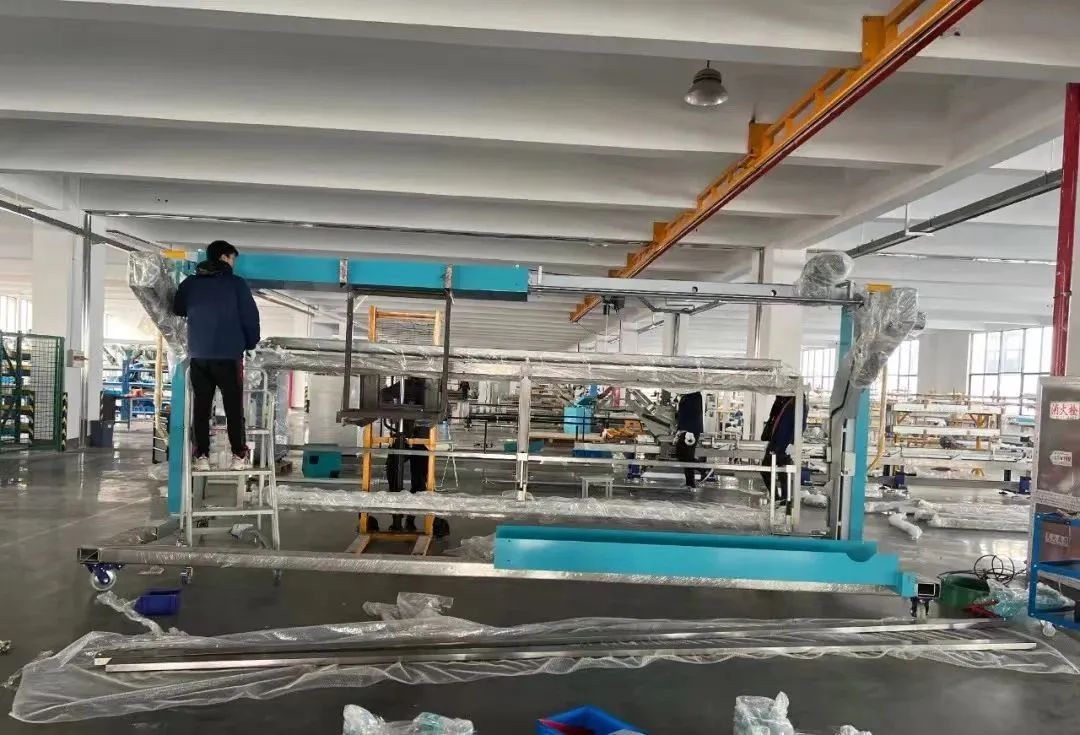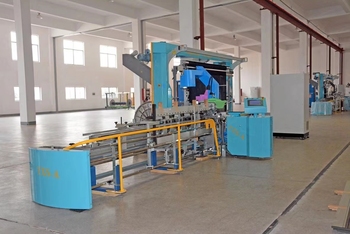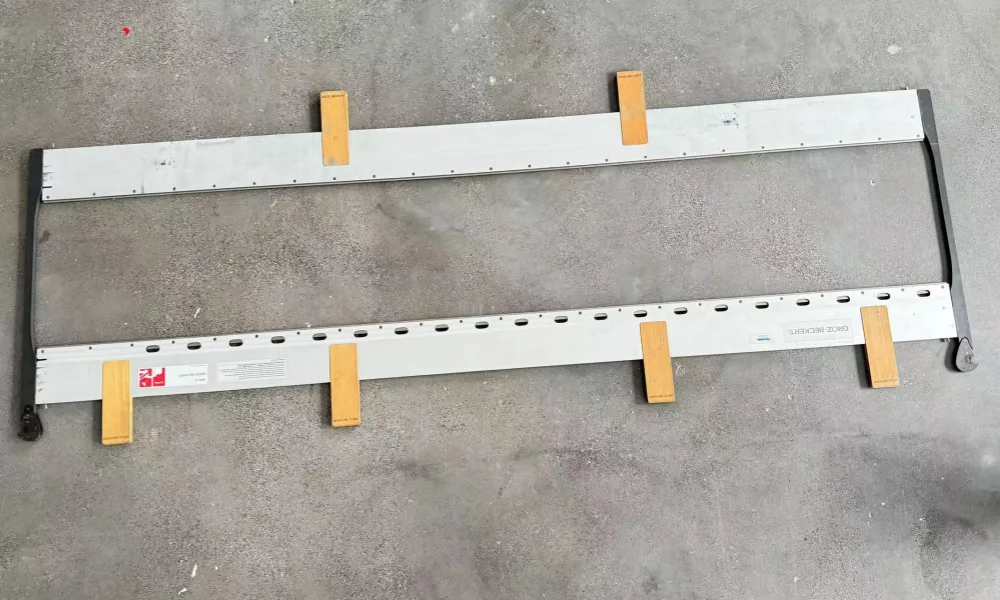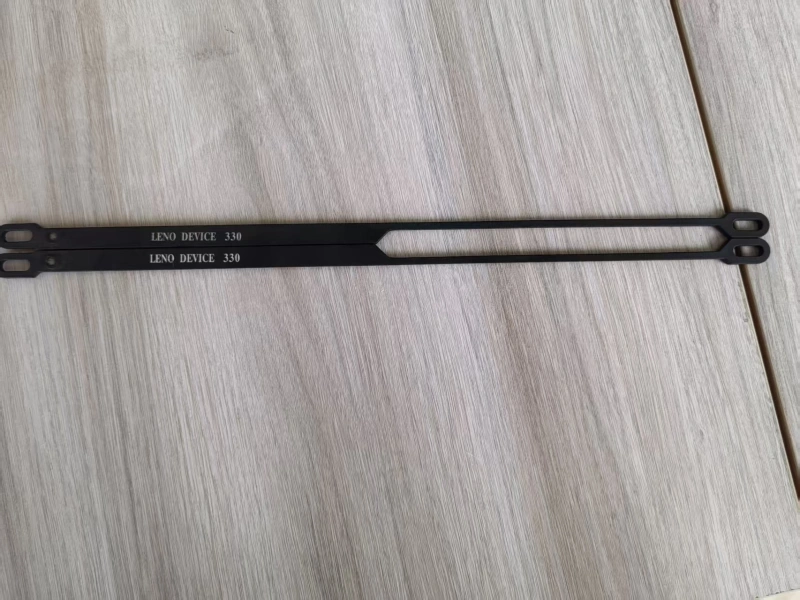The Working Principle of Drop Wire
2024-12-26
Drop wire, a crucial component in telecommunications, serves as the final link between the distribution network and the end-user's premises. Understanding its working principle is essential for grasping how telecommunication services are delivered effectively.
Drop wire typically consists of two insulated copper or aluminum conductors, which are twisted together to form a pair. This design minimizes electromagnetic interference and enhances signal quality. The primary function of drop wire is to carry electrical signals, such as voice and data, from the main distribution frame (MDF) to individual subscribers.
The working principle of drop wire begins at the MDF, where the signals are transmitted through the main network. These signals travel along the primary cables until they reach the drop wire. The drop wire is then connected to a terminal block or a distribution point, where it branches off to individual homes or businesses.
Once the drop wire is connected, the electrical signals travel through the twisted pair conductors. The twisting of the wires helps to cancel out any external noise that may interfere with the signal, ensuring a clear and stable connection. The insulation around the conductors protects them from environmental factors, such as moisture and temperature fluctuations, which could degrade the signal quality.
At the subscriber's end, the drop wire connects to a modem or a telephone, allowing users to access telecommunication services. The efficiency of drop wire in transmitting signals is vital for maintaining high-quality voice calls and reliable internet connections.
In summary, the working principle of drop wire revolves around its ability to transmit electrical signals from the distribution network to end-users. Its design, featuring twisted conductors and protective insulation, plays a significant role in ensuring that telecommunication services are delivered effectively and efficiently. Understanding this principle is key to appreciating the infrastructure that supports modern communication.




